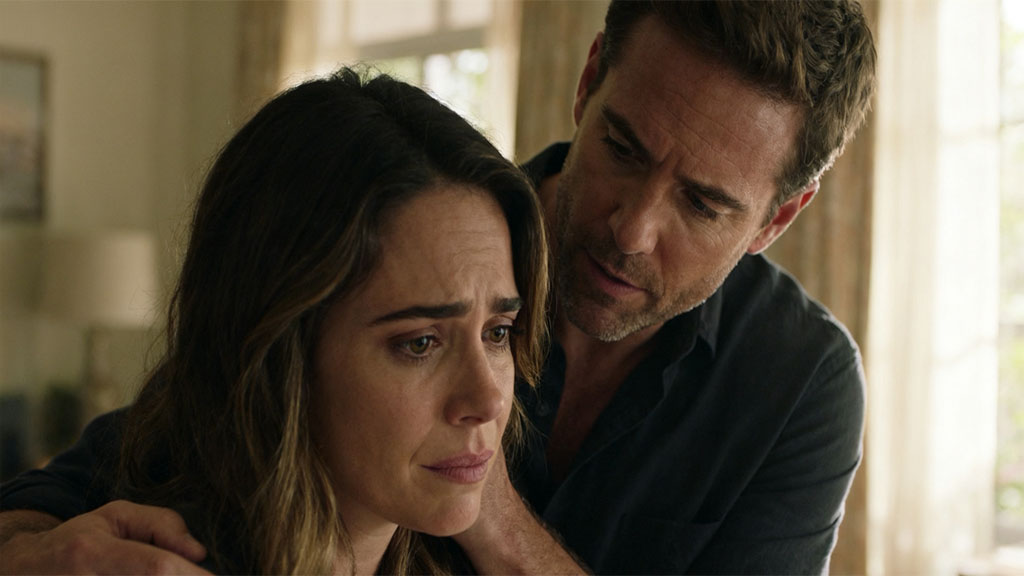Let’s be real — apologizing to your girlfriend can feel like walking through a minefield. Say the wrong thing, smile at the wrong time, and suddenly you’ve made the whole situation ten times worse.
But here’s the good news: a well-timed, genuine apology doesn’t just put out the fire — it can actually bring you closer together. The trick is knowing how to do it without coming across as fake, defensive, or like you’re just trying to end the fight as fast as possible.
Here’s a step-by-step, no-BS guide to apologizing like an actual grown-up.
Step 1: Cool Down (and Give Her Space)
First things first — don’t rush in with a “sorry” while she’s still fuming. If she just yelled “Don’t talk to me!” she probably means it — at least for the next few minutes.
Give her a little space, but not so much that she feels abandoned. Think nearby but not in her face. Like, you’re in the next room, but she can still feel that you’re around. This shows you respect her need to calm down, but you’re not running away from the problem.
Pro tip: this is not the time to joke, try to hug her against her will, or pretend nothing happened. You’re not a rom-com hero. If you try to break the tension too soon, you might just make her angrier.
Step 2: Own What You Did — Right Away
Once things have cooled off enough to actually talk, go straight for the point: admit what you did.
“Look, I messed up.”
“I was out of line when I said that.”
“That was totally on me.”
Whatever your exact words are, just make sure they show that you get what happened and you’re taking responsibility. Don’t blame traffic, your boss, your bad mood, or the universe. This is your moment to show her you’re willing to own your mistakes.
Step 3: Show Her You Get How She Feels
This part is huge. “I’m sorry” by itself is fine, but it only talks about you. She wants to know you understand her.
Try saying:
- “You must have been really stressed waiting for me.”
- “I get why that felt disrespectful.”
- “If I were you, I’d be pissed too.”
When you call out her feelings, you’re showing empathy — which is basically relationship gold.
Step 4: Offer to Make It Right
Okay, you’ve owned it and shown you get it. Now do something about it.
“What can I do to make this right?” is a magical question. Sometimes it’s as simple as, “Take me out for tacos and let me vent.” Sometimes it’s, “Please promise you’ll be on time next time.”
The point isn’t to buy her forgiveness with gifts or promises you won’t keep. It’s to show you actually care enough to take action.
Step 5: Avoid the Dreaded “But”
You’ve heard it before: “I’m sorry, BUT…”
Nope. Stop. Don’t do it.
As soon as you say “but,” your apology turns into an excuse. It sounds like you’re defending yourself instead of caring about how she feels. You can explain yourself later — after she feels heard and after you’ve made amends.
Step 6: Listen Like It’s Your Job
Here’s the part most guys mess up: after apologizing, they expect an instant “It’s fine.”
But sometimes, she’s still mad. That’s okay. This is your time to just sit back and let her talk. Don’t interrupt, don’t argue, don’t roll your eyes. Just listen.
She might give you the full TED Talk version of why she’s mad. This is good news — it means she’s giving you the answer key to the relationship test you just failed. Take notes (mentally or literally) and let her get it all out.
Step 7: Know When Enough Is Enough
Sometimes, you’ll do all the right steps — own it, empathize, offer to fix it — and she still needs more time. That’s when you remember the golden rule: you’re responsible for your actions, not for controlling her emotions.
You’ve done your part. Now give her space to process the rest. Hovering, apologizing 50 more times, or trying to cheer her up when she’s not ready can just make things worse.
Step 8: Actually Follow Through
This is where you prove you mean it. If you promised to change something — be on time, be more supportive, be less snappy — then actually follow through.
Nothing builds trust faster than consistent behavior. And nothing kills an apology faster than going back to the same old habits a week later.
Example: The “I Was Stuck in Traffic” Fight
Let’s say you had a dinner date and showed up almost an hour late. She’s sitting there, annoyed and probably wondering if you even care.
Here’s what a solid apology might look like:
“Hey, I’m so sorry I’m late — I should have left earlier. You must have been sitting here stressing, and I hate that I put you through that. Dinner’s on me tonight, and I promise I’ll plan better next time so this doesn’t happen again.”
See what happened there?
- You owned it (“I should have left earlier”).
- You showed empathy (“You must have been sitting here stressing”).
- You offered to fix it (“Dinner’s on me… I’ll plan better next time”).
That’s the triple combo: own it, feel it, fix it.
Bottom Line
Apologizing isn’t about groveling or losing power. It’s about showing her you respect her feelings and value the relationship enough to take it seriously.
Own your mistake, acknowledge her feelings, offer to make it right — then actually do it. And if she still needs space? Give it.
Do this well, and not only will you get past the fight — you might actually come out with a stronger, healthier, closer relationship than you had before.
 lockingeyes
lockingeyes 